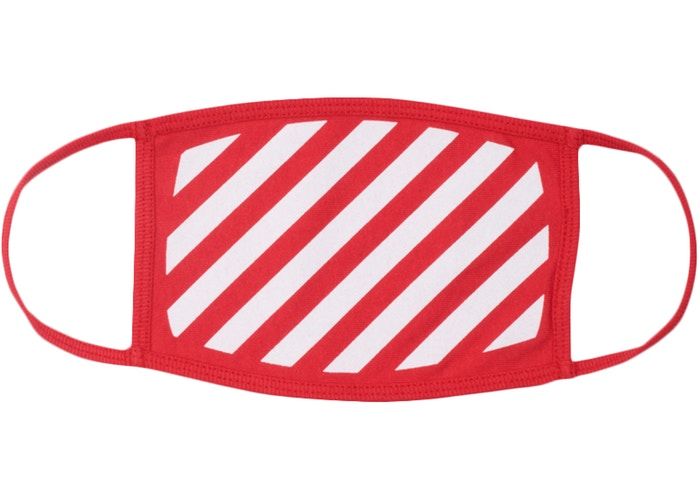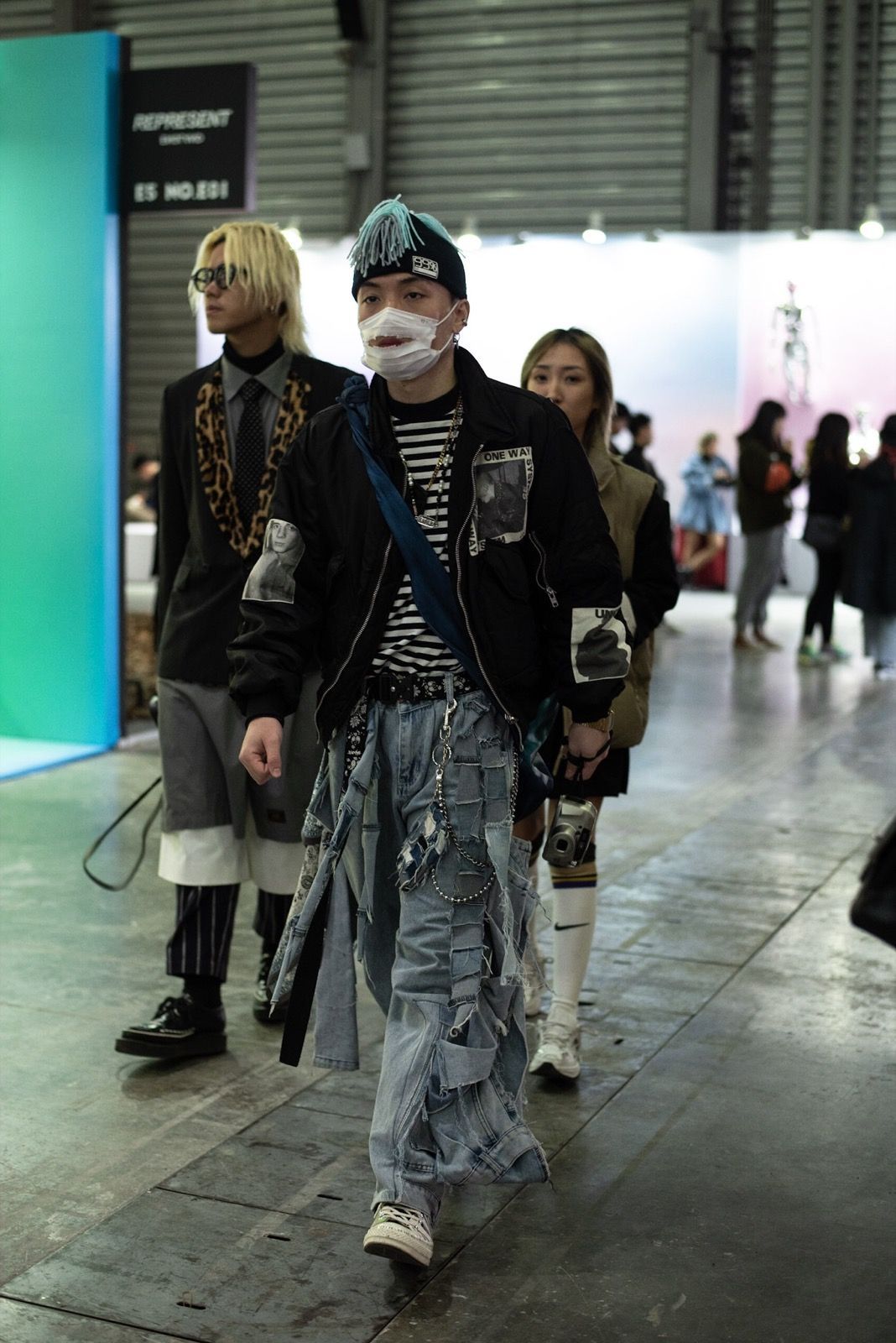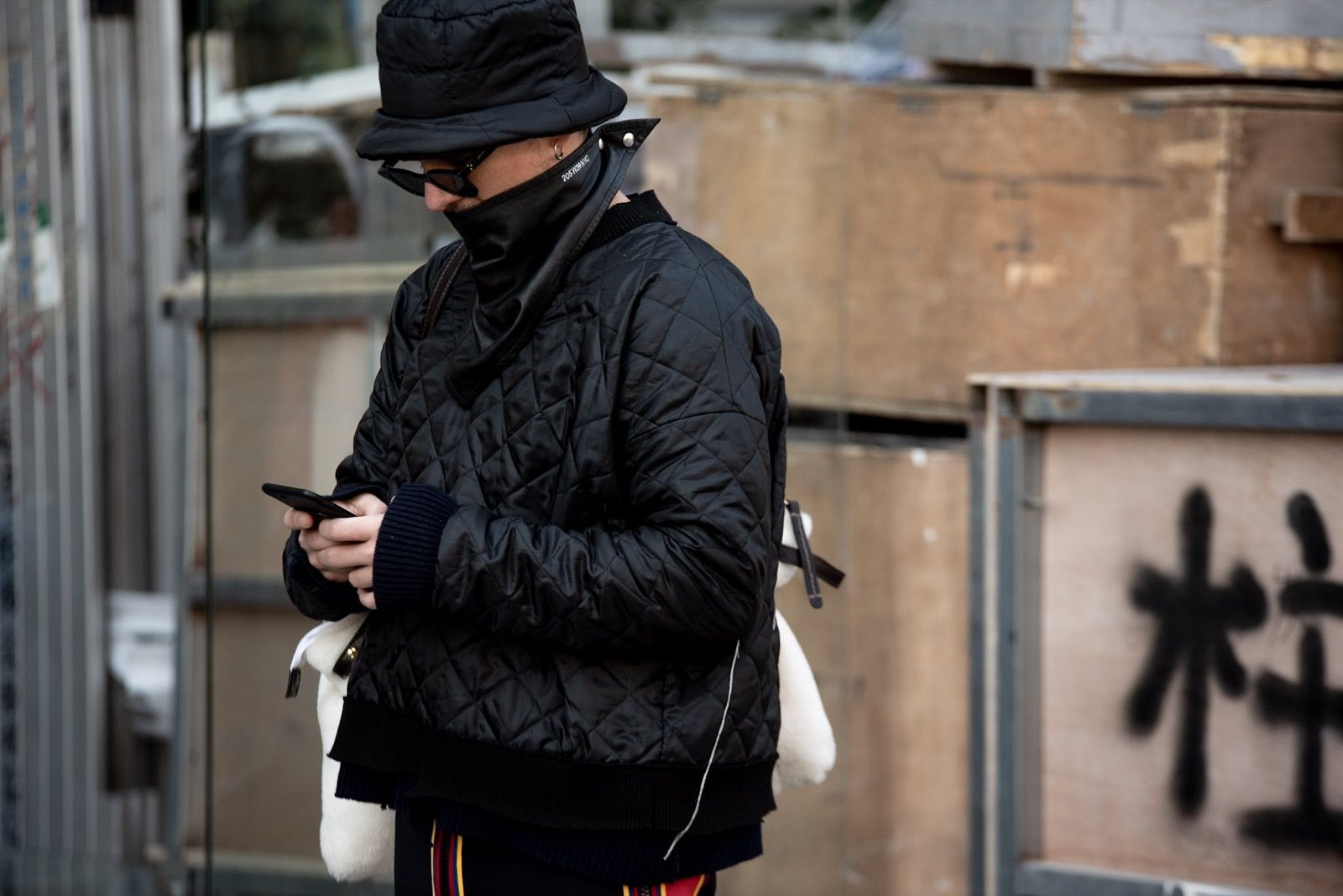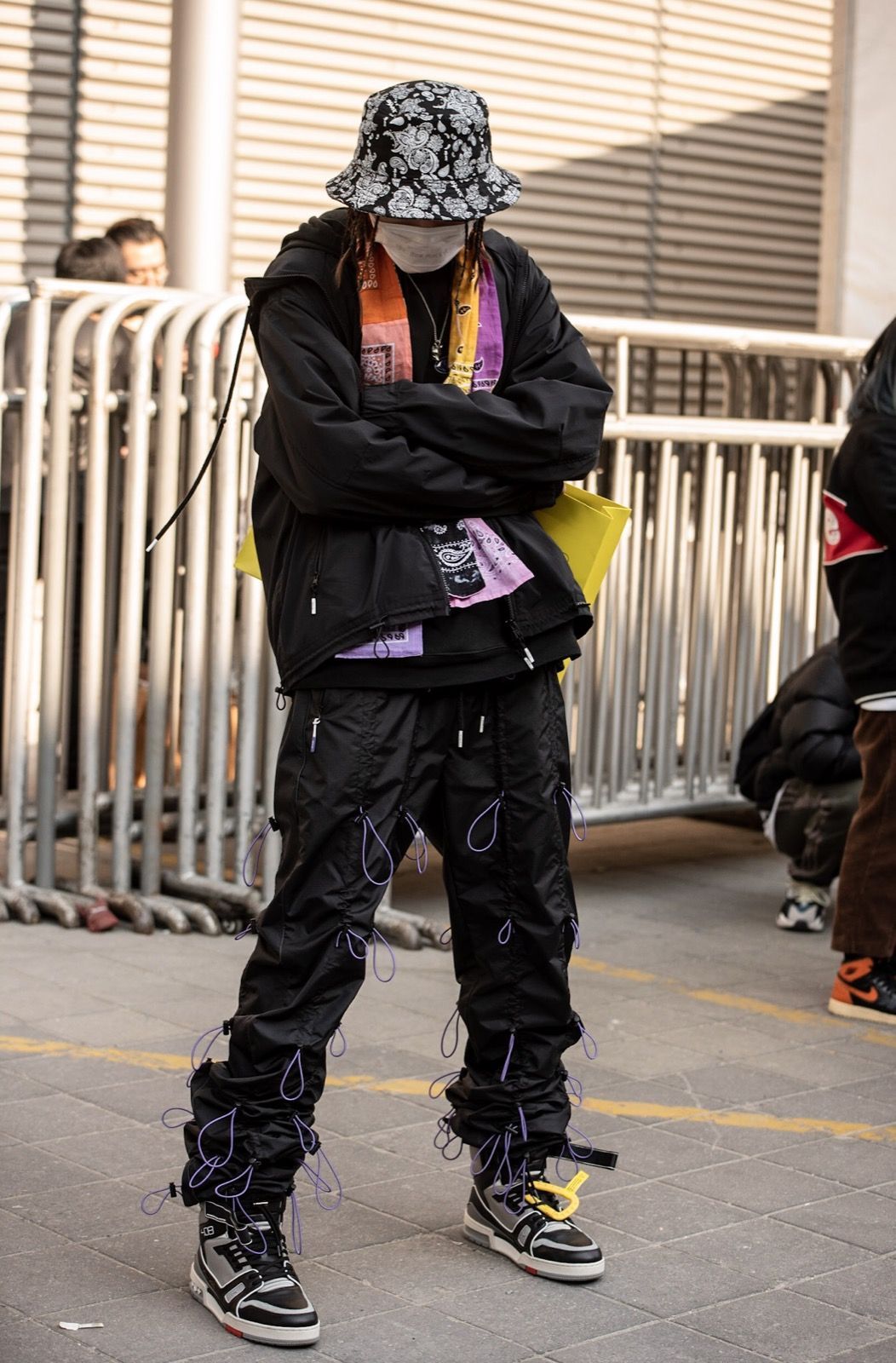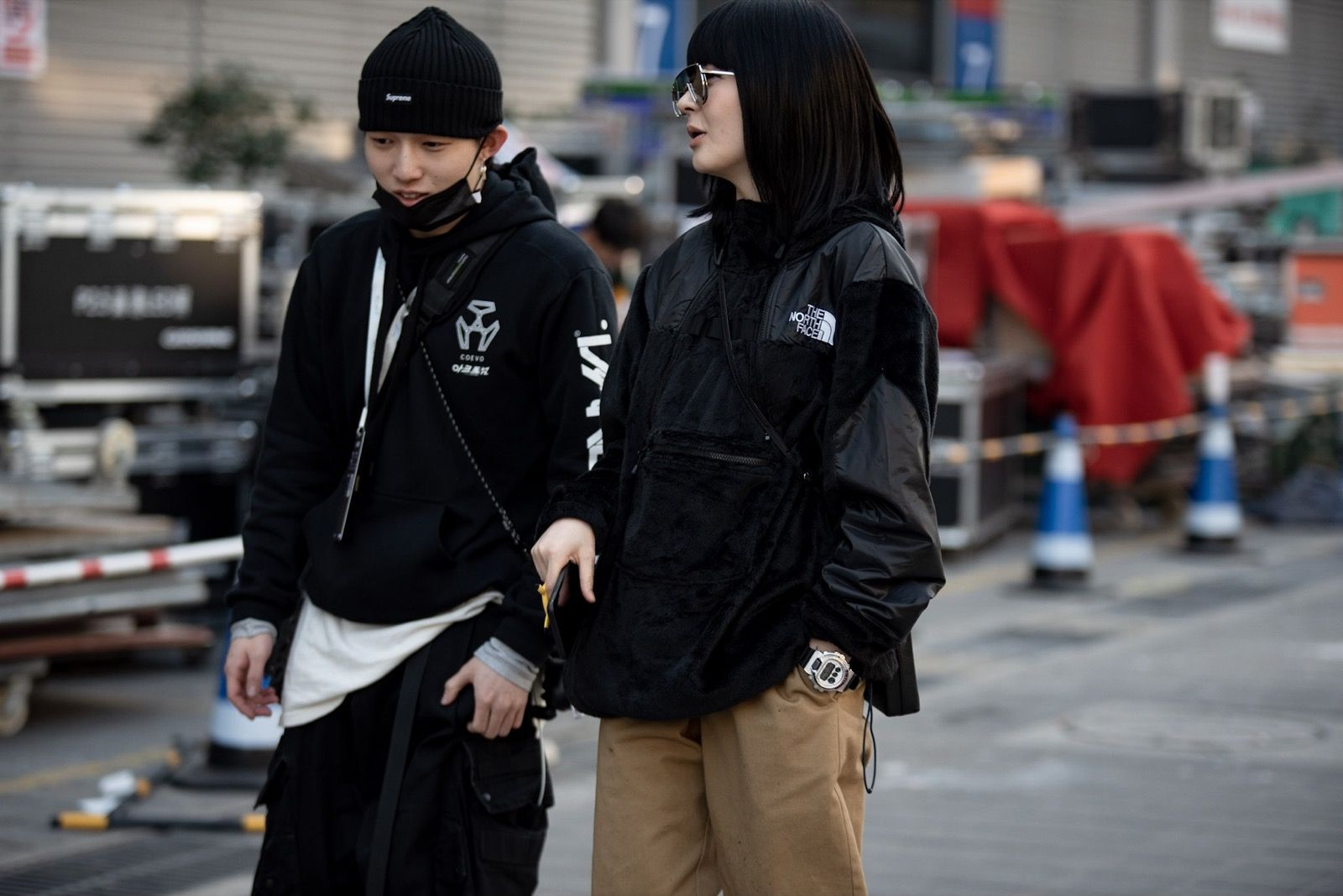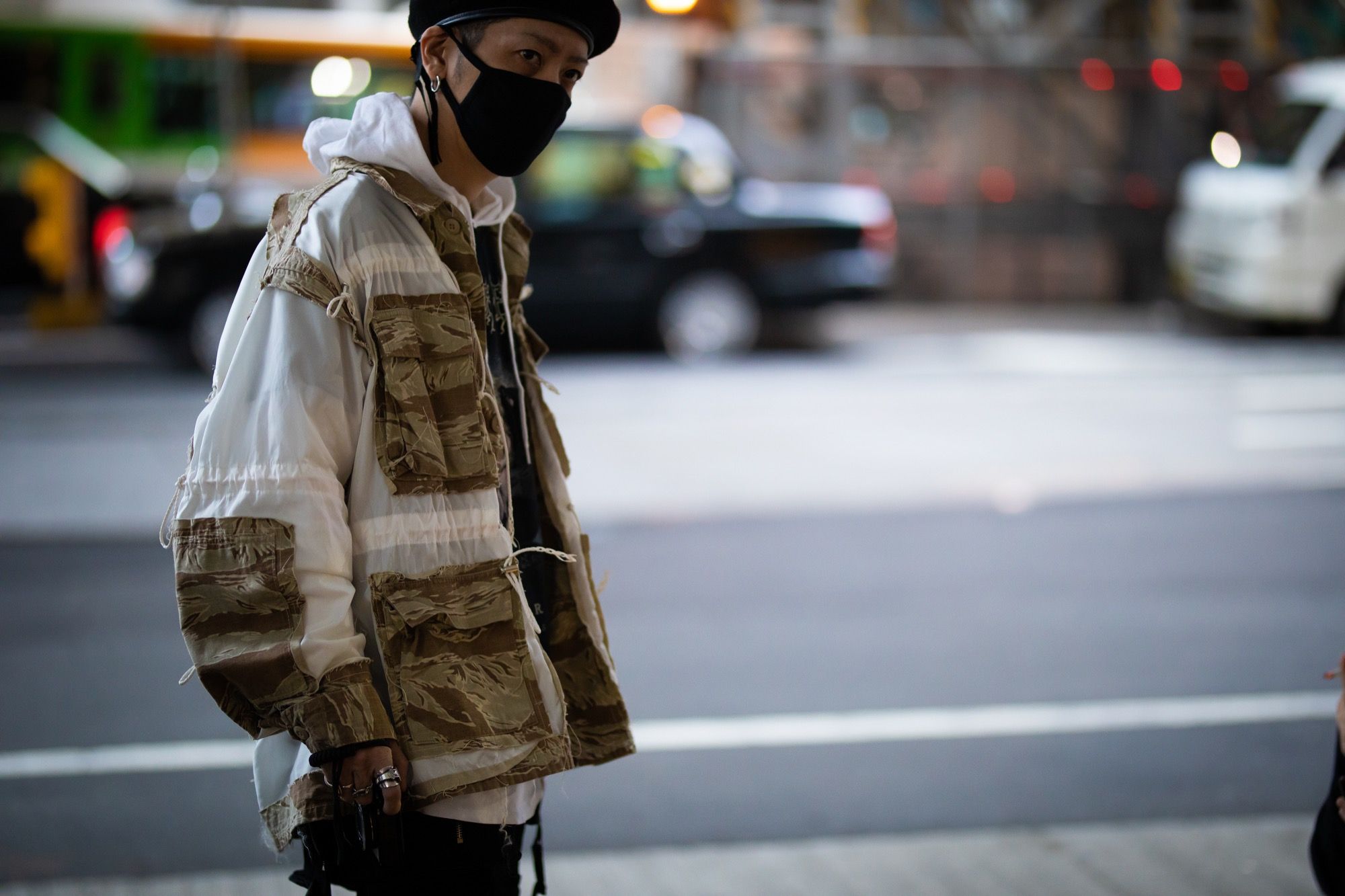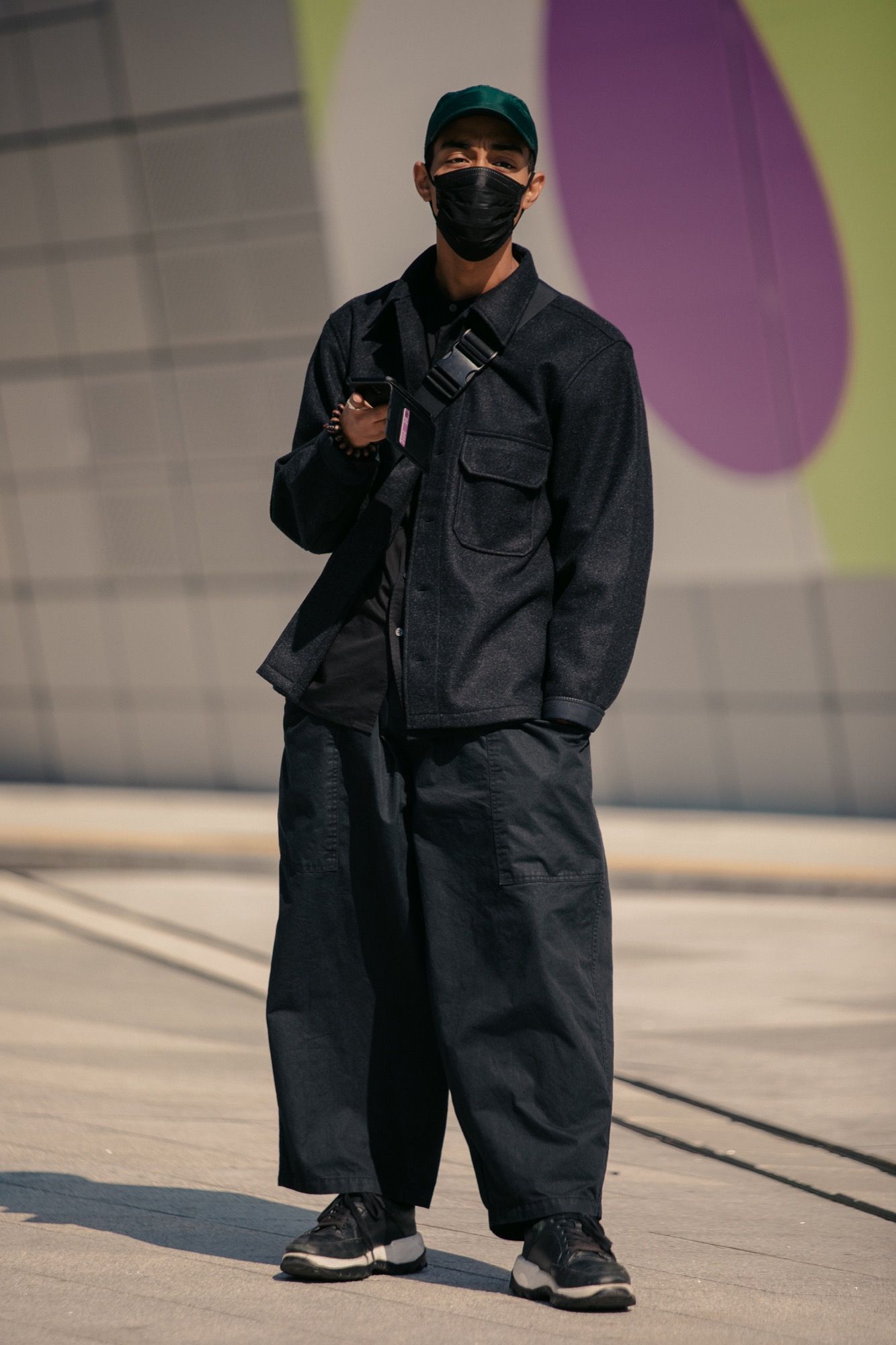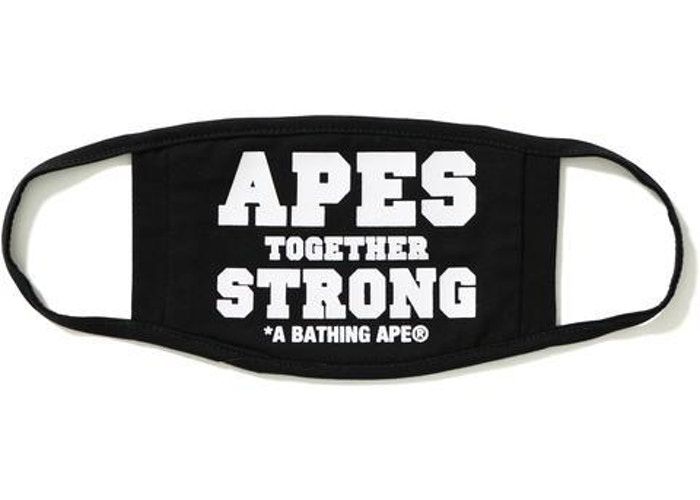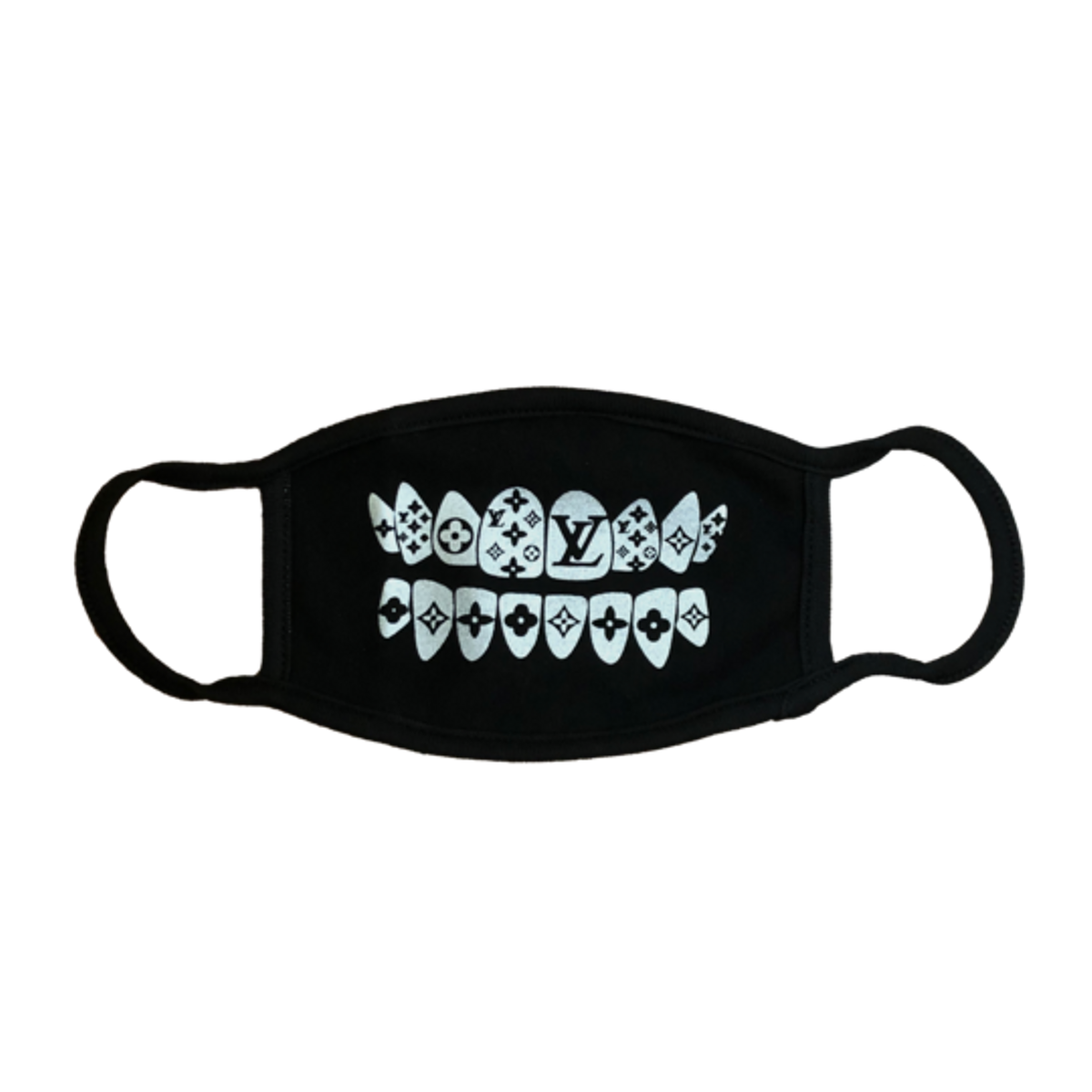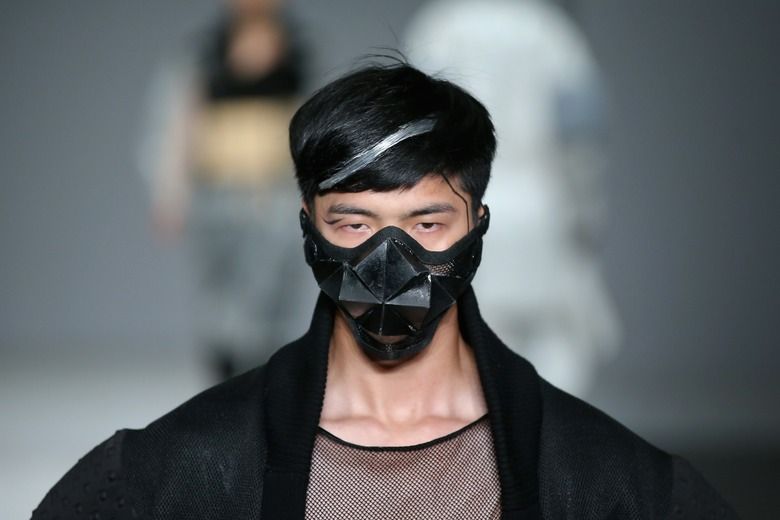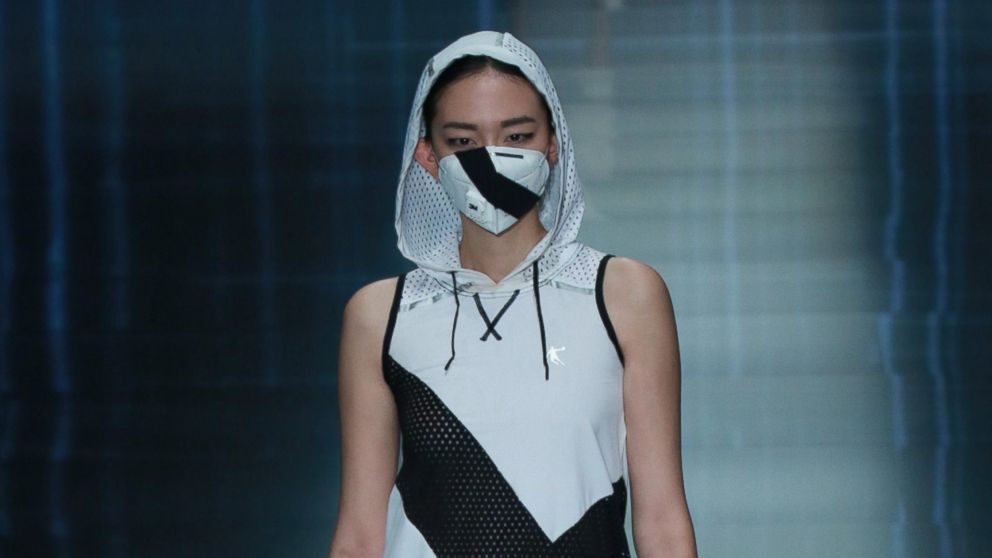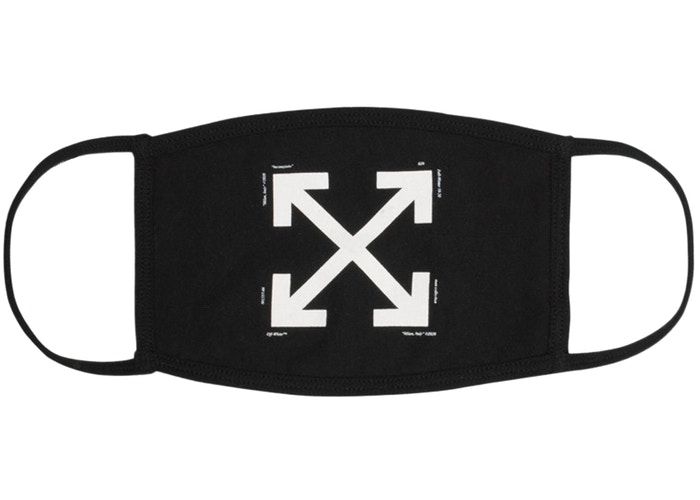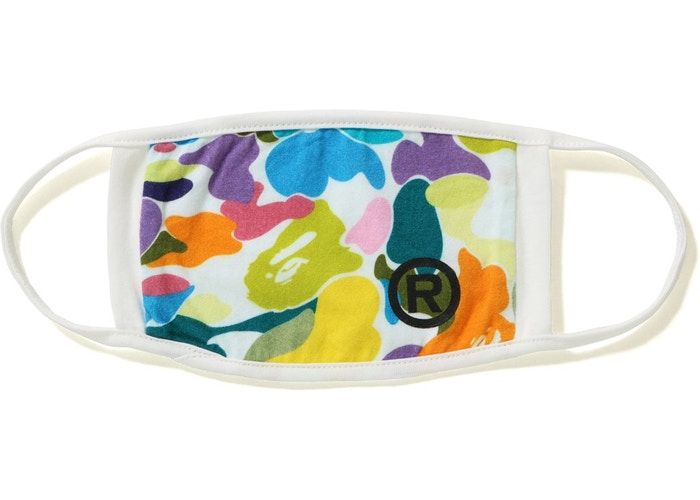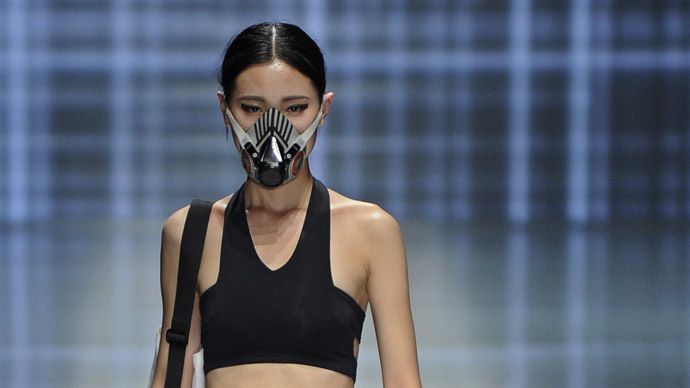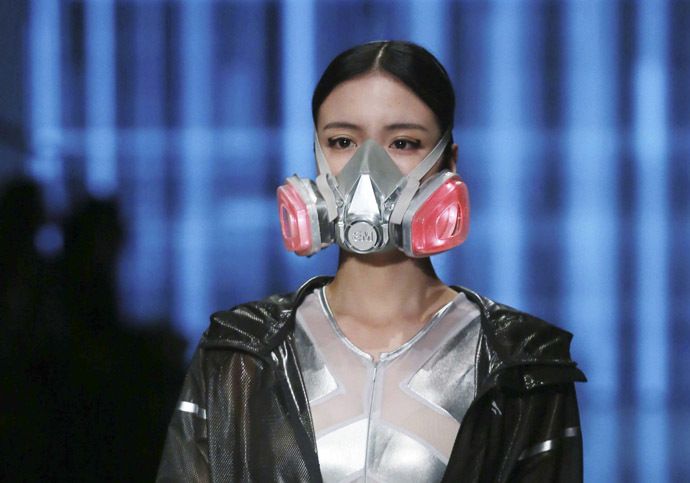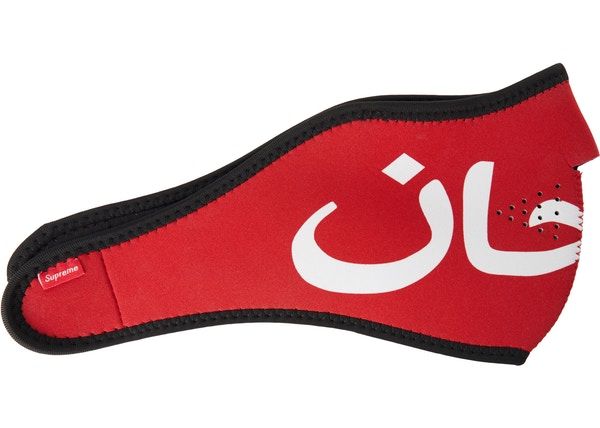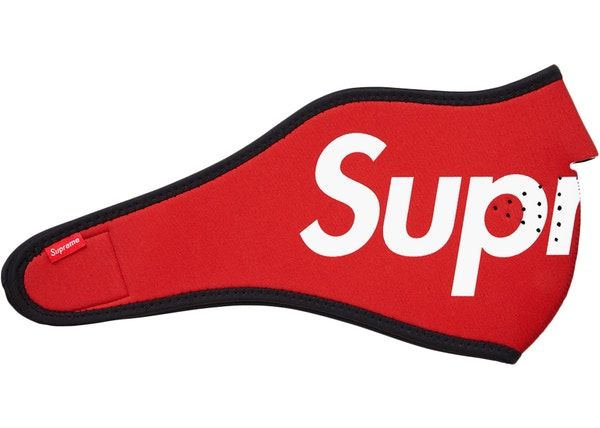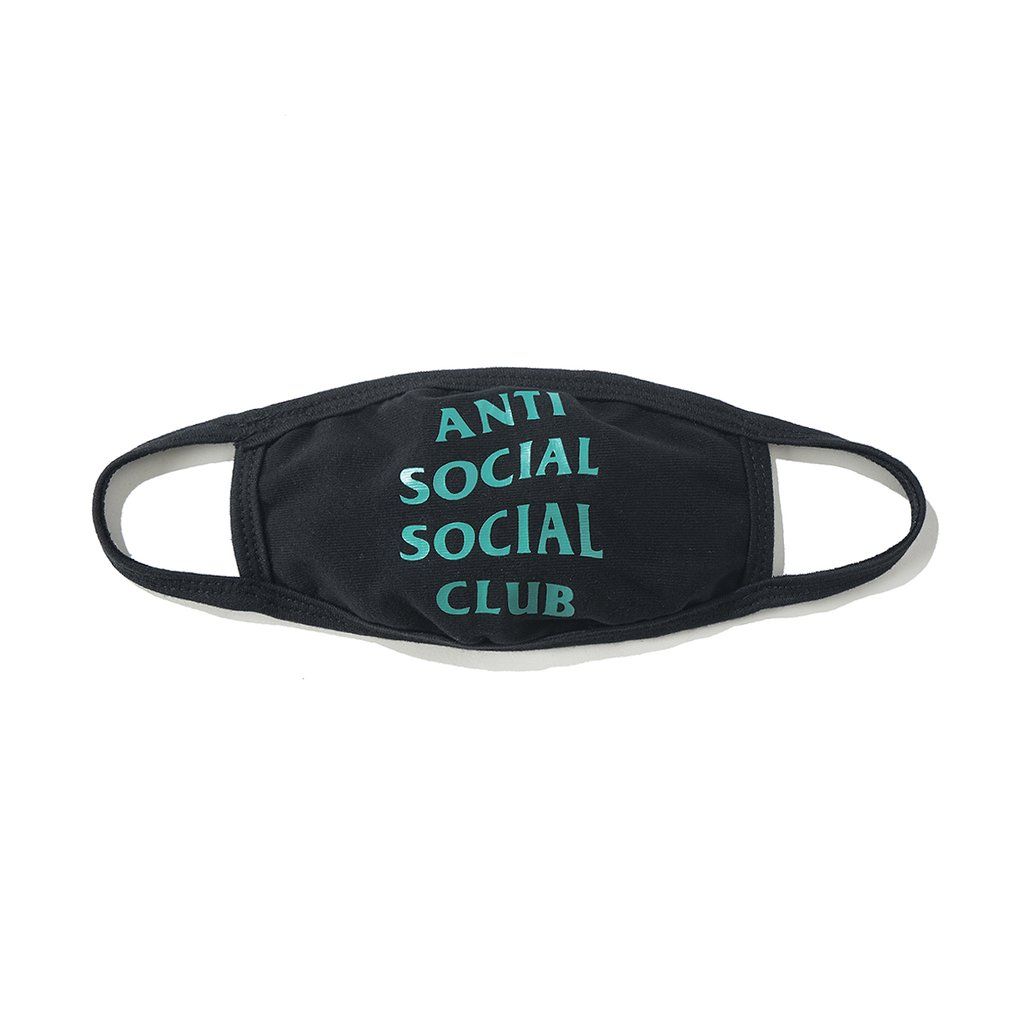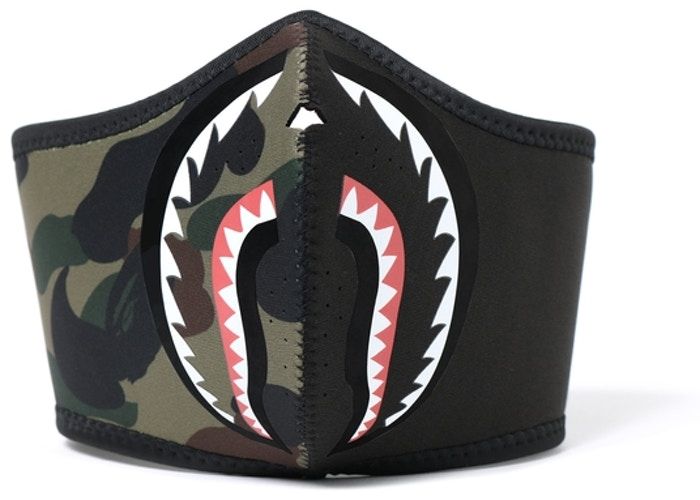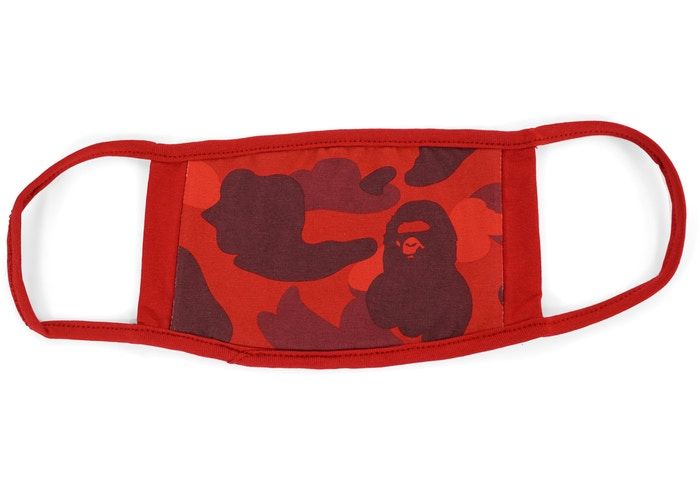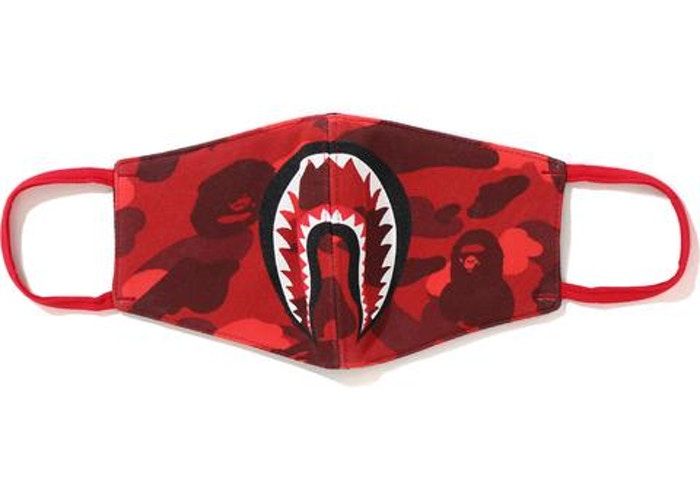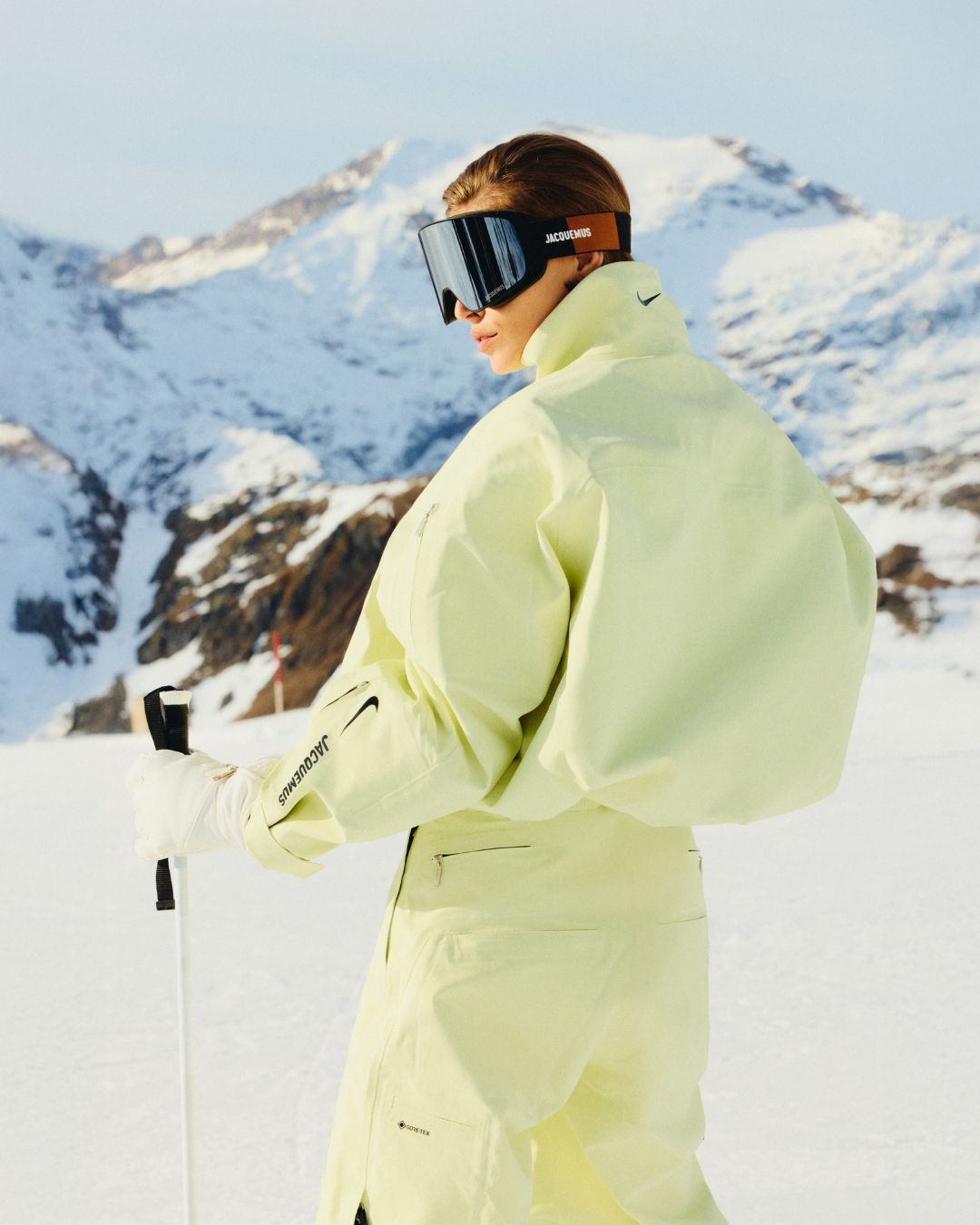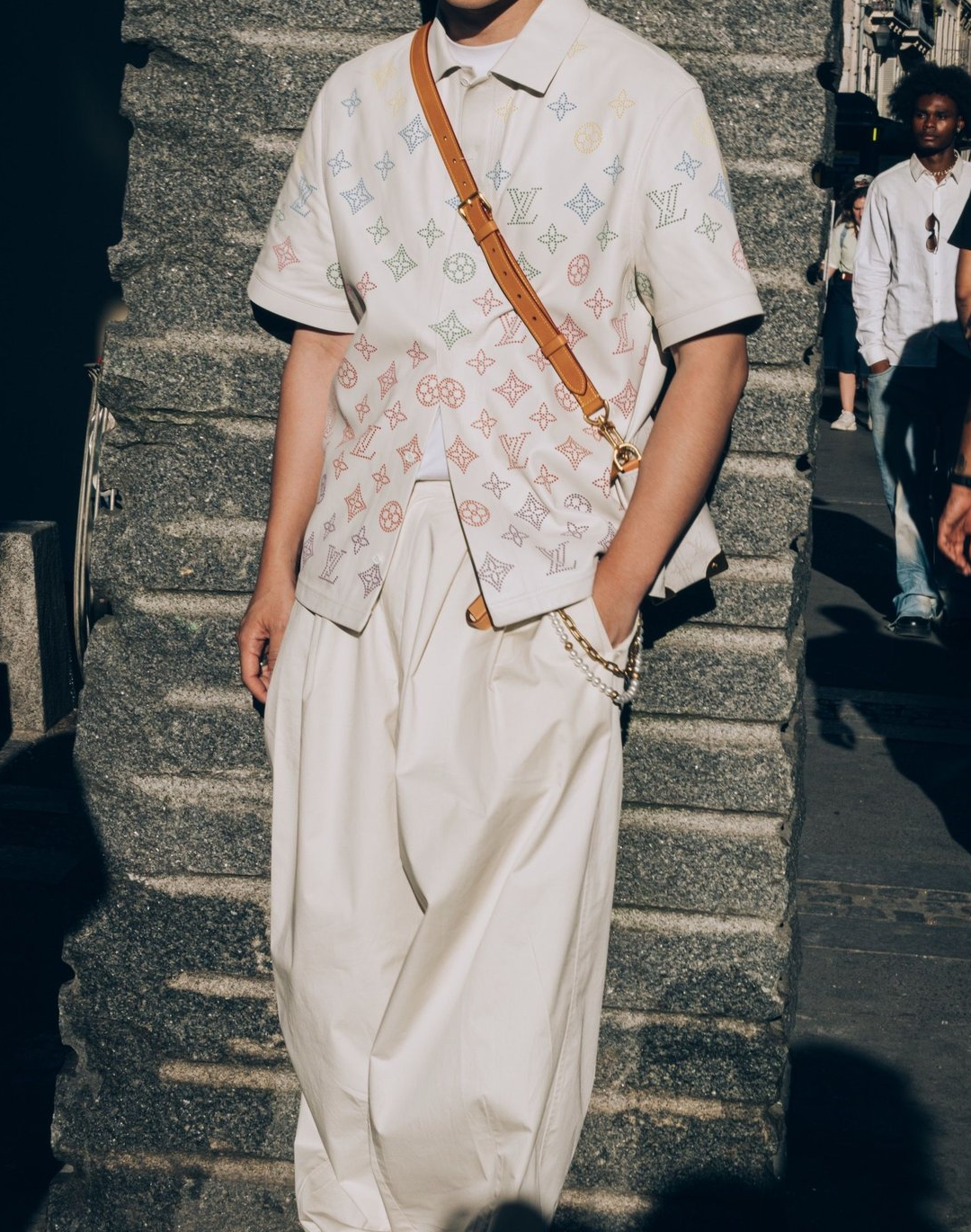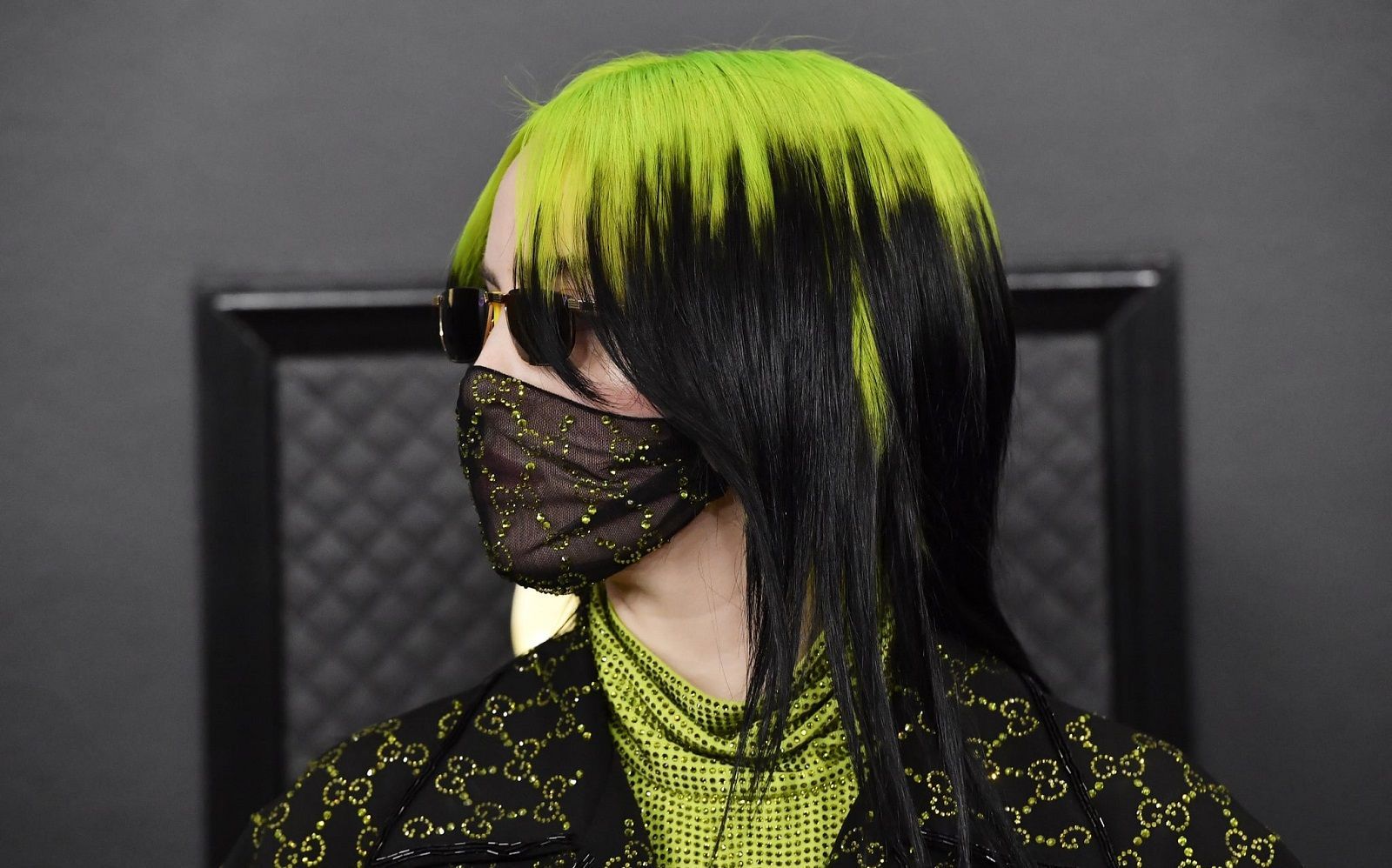
The luxury surgical mask is the trend of the moment After Billie Eilish wore it, online searches surged
Among the fires that have ravaged Australia and the outbreak of coronavirus in Asia, more and more surgical masks keep appearing our screens and on our social media feeds. And the fashion world has taken the cut, especially Alessandro Michele who, in making the outfit worn by Billie Eilish at the last Grammy Awards, added a surgical mask decorated with the monogram of Gucci among her accessories. According to Lyst, the main search engine of the fashion scene, after the singer wore the mask on the red carpet, the accessory had a 200% increase in searches on Google and its demand went up by 42% in just 24 hours.
Over the past two decades, there have been spikes in demand for surgical masks in connection with epidemic outbreaks such as SARS in 2002, bird flu in 2006 or Ebola in 2014. In time, the accessory has slowly become part of the street aesthetic associated with the eastern metropolises and has infiltrated the Asian streetwear repertoire especially thanks to brands such as BAPE, Mastermind Japan and Human Made which began to produce versions decorated with its famous Camo Pattern. In 2014, masked models were sent to the catwalk by Yin Peng or Masha Ma during Mercedes-Benz China Fashion Week as a protest against Beijing's pollution. In the streetwear scene, the most notable designer masks were produced over the years by Supreme, Off-White™, Louis Vuitton along with Imran Potato, Anti Social Social Club and even Nike. According to Lyst's report, it's the Off-White™ masks the most sought after right now, followed by Bape’s and Nike’s.
The surgical mask has been a popular accessory in the Far East for years, popular among the population of the most polluted metropolises. The belief that covering your face can protect against pollution and disease dates back to the Spanish flu epidemic that devastated Asia in 1918. A few years later, the 1923 Kanto earthquake devastated Tokyo and caused fires so violent that smoke was burning for days. It was then that the surgical mask became very popular and whose fame was cemented with the 1934 epidemic, after which it was worn during the winter to avoid transmitting colds. Post-war industrialization and increased pollution made the mask a common accessory, similar to a scarf or cap. The mask never really spread in the West as a preventive method, but it was used as a prop by artists such as Myss Keta, Fedez and rapper Junior Cally.
Strictly speaking, surgical mask should be a controversial accessory. Although in the East they are trivial everyday objects, in the West the mask has become a stereotype attributed to the Asian population and, when worn by a Westerner, it represents a soft form of cultural appropriation. Although not offensive in itself, the stereotype still remains a subtle form of racism, which mixes with the inevitable psychosis aroused by the fear of a worldwide epidemic and fuelled by misinformation, being more useful against the dust of the surgical rooms as well as protection from pollutants and viruses. Perhaps then Michele did well to turn (not without a veiled irony) into a design object a useless accessory that carries with it many incorrect associations, solving all its problematic meanings in pure aesthetics and proving itself capable once again to know how to use the hottest topics of the moment to stir discussion.










































